Abstract
According to published data, some 80% of hydro generator bearings in Russia and associated countries have been fitted with PTFE-faced pads. This bearing material is finding increasing use in North America. Some advantages claimed include higher specific loading, lower power loss and the omission of oil-lift facilities. Also it is claimed that repeated starts and stops can be made under load without damage to the pads or rotor, and with a wear rate that is acceptable.
There is strong interest in the Industry concerning this material, but limited data are available on actual performance. In this paper example results are given from extensive testing of PTFE-faced pads, in two sizes of pad. PTFE and babbitt-faced pads are compared directly, size-for-size. The power losses for the two types of bearing were found to be almost identical. Some of the effects observed during testing are described and discussed, including the effect of creep. The test results are compared with predictions using the GENMA T analysis software. Some new developments in material composition and construction methods are discussed.
Introduction
PTFE-faced thrust bearings were developed in the 1970’s in the former Soviet Union, as a consequence of a nation-wide program to increase the power output from hydro facilities. Prior to this (according to Alexandrov [11 and Shen [21), the usual type of bearing had disk-supported babbitt-faced pads, which were quite lightly loaded as judged by modern standards.
Shen [21 gives an interesting account of the problems that occurred in China when this upgrade was implemented, for example ‘break-down occurred in almost every hydroelectric unit through the 1970’s’. The upgrade called for an increase of PV from (typically) less than 50 MPa.m/s to 55 – 91.
According to numerous reports (many of which are not formally published) the replacement with PTFE-faced pads ‘completely eliminated the wiping-out problem’ and allowed the development of bearings of 3000 -4000 tonnes capacity. It is reported that at present over 80% of hydro generators in the former Soviet Union have this type of bearing, and at least 400 units in the PRC. These developments have attracted strong interest in the Industry in Europe and the Americas but few data are available. Some units in the UK and Ontario have been retrofitted with PTFE-faced thrust bearings, as described by Simmons et al. {3], Knox [4], and Mohino et al. [5]. However few direct comparisons have been made between PTFE-faced and babbitt-faced bearings. This paper gives size-for-size comparisons for two bearing assemblies with pads of approximately 130 mm x 140 mm size and 306 mm x 260 mm size. The PTFE and babbitt bearings were tested in sequence in the same test machines.
ACCESS FULL
PAPER
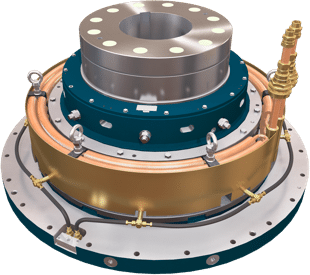 Vertical Bearings
Vertical Bearings
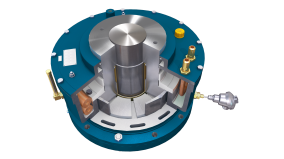



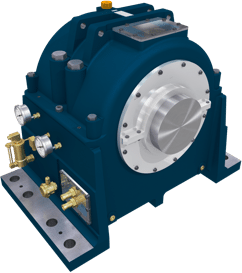 Horizontal Bearings
Horizontal Bearings
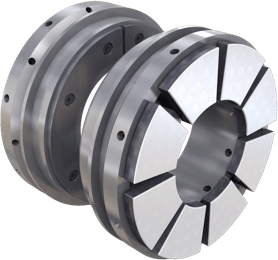 Tilting Pad Bearings
Tilting Pad Bearings
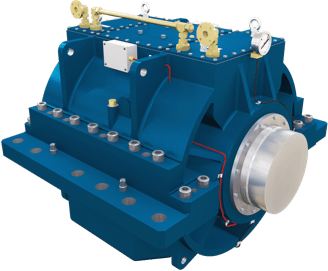 Marine Bearings
Marine Bearings
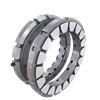


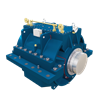
 PTFE Bearings
PTFE Bearings PEEK Bearings
PEEK Bearings


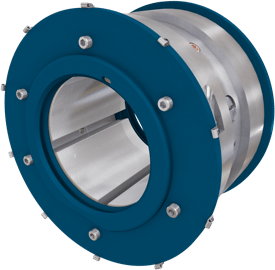 Journal Bearings
Journal Bearings
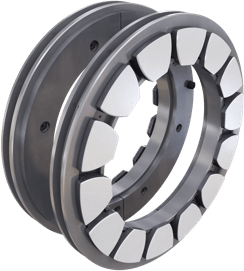 Thrust Bearings
Thrust Bearings

